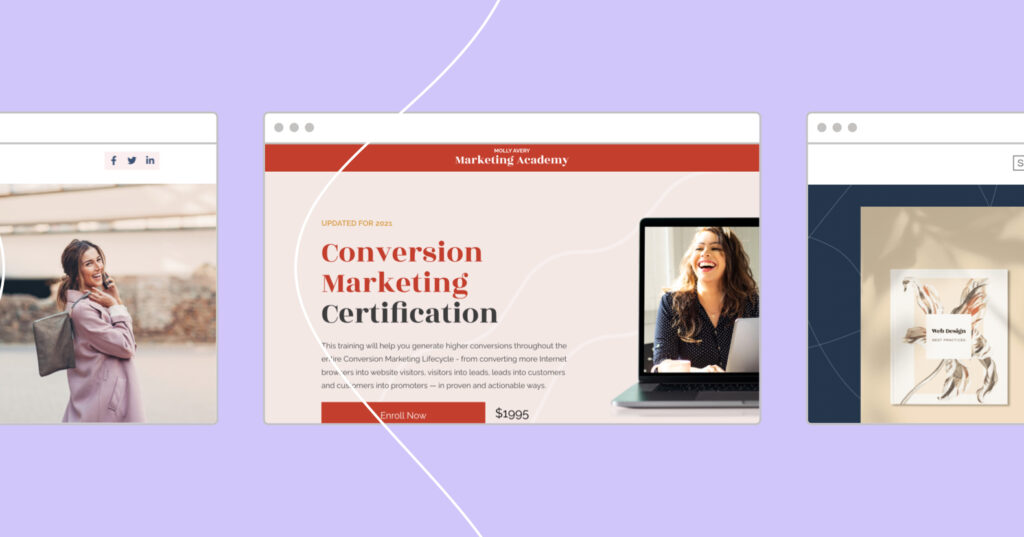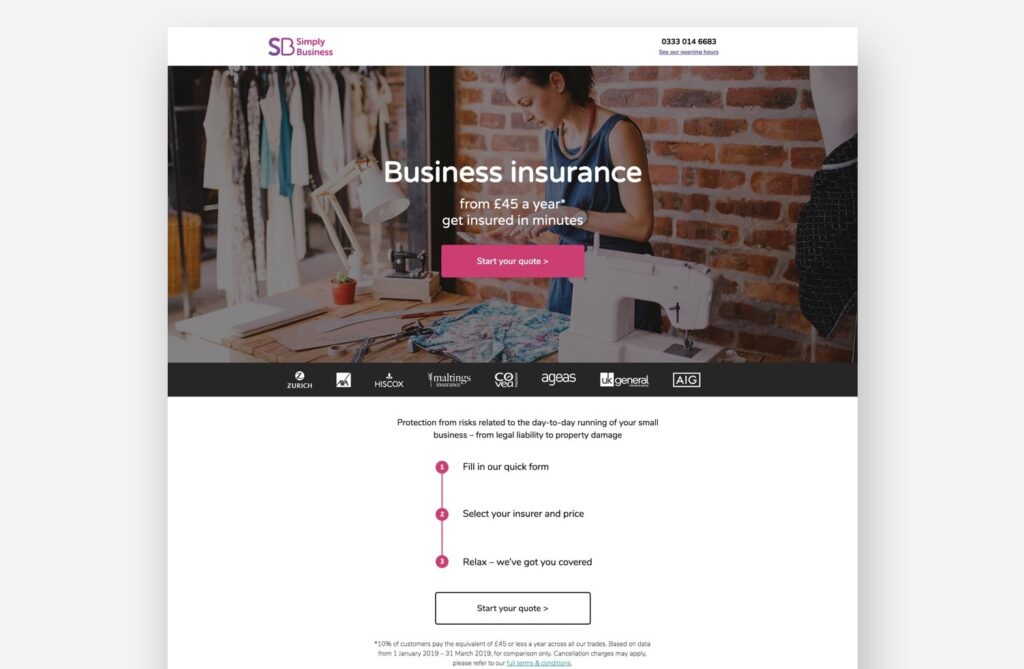Designing high-converting landing pages requires a strategic approach that combines aesthetics, user experience, and persuasive elements. At our agency, we have developed a proven process that allows us to create landing pages that not only look visually appealing but also drive conversions.
In this article, we will take you through our step-by-step process for designing high-converting landing pages. From understanding the goals and target audience to crafting compelling copy and implementing effective design elements, we will provide valuable insights and practical tips that can elevate your landing page design and maximize your conversion rates. Whether you are new to landing page design or looking to enhance your existing pages, join us as we unravel our process and empower you to create landing pages that drive results.
I. Understanding the Audience and Goals:
Define the Target Audience: It’s essential to define your target audience and understand their needs, preferences, and pain points. Conduct market research, analyze customer data, and create buyer personas to gain insights into your audience’s demographics, motivations, and behaviors. This understanding will guide your landing page design and messaging.

Establish Clear Goals: Determine the specific goals you want to achieve with your landing page. Is it to generate leads, drive sales, promote a product or service, or encourage event registrations? Clearly defining your goals will shape the design and content of your landing page to align with your desired outcomes.
II. Crafting Compelling Copy and Messaging:
Create a Strong Headline: Craft a headline that grabs attention, resonates with your audience, and clearly communicates the value proposition of your offer. Use persuasive language and address a key pain point or highlight a benefit to engage users from the moment they land on your page.
Write Engaging and Persuasive Copy: Craft concise and compelling copy that addresses your audience’s pain points, highlights the unique benefits of your offer, and clearly communicates what they can expect. Use persuasive language, customer testimonials, and data-driven arguments to build trust and credibility.
III. Designing an Eye-Catching Layout:
Keep it Clean and Simple: Create a visually appealing and user-friendly layout that is free of clutter. Use ample white space to make the content stand out and make it easy for users to scan and understand the information on the page.

Use Visual Hierarchy: Arrange elements on the page in a logical order that guides users’ attention. Use visual cues such as typography, colors, and imagery to create a clear hierarchy of information, with the most important elements, such as headlines and CTAs, being visually prominent.
IV. Optimizing for Conversions:
Mobile Responsiveness: Ensure your landing page is mobile-responsive and provides a seamless user experience across different devices and screen sizes. Optimize the layout, font sizes, and images to ensure they display correctly on mobile devices.
Clear and Visible CTAs: Place clear and visually prominent call-to-action (CTA) buttons or links on your landing page. Use contrasting colors, compelling copy, and clear instructions to encourage users to take the desired action. Make sure the CTAs are easy to find and stand out from the rest of the page.
V. Testing and Optimization:
A/B Testing: Conduct A/B tests to evaluate different design elements, headlines, copy variations, and CTAs. Split your traffic and compare the performance of different variations. Use data-driven insights to identify what resonates best with your audience and optimize your landing page accordingly.

Analyze User Behavior: Utilize analytics tools to track user behavior on your landing page, such as bounce rates, time on page, and conversion rates. Analyze the data to identify areas for improvement, understand user preferences, and make data-driven decisions to optimize your landing page for better conversions.
In conclusion, designing high-converting landing pages requires a strategic approach that combines an understanding of the audience, persuasive copywriting, eye-catching design, and optimization for conversions. By following our process and continuously testing and optimizing your landing pages, you can create a compelling user experience that drives meaningful results for your business.
Key takeaways for designing high-converting landing pages:
- Understand your target audience and their goals.
- Craft compelling copy and messaging that addresses user pain points.
- Design a clean and visually appealing layout with a clear visual hierarchy.
- Optimize for mobile responsiveness to accommodate different devices.
- Test and optimize your landing pages using A/B testing and data analysis.
Contact us today to discuss how we can help you create landing pages that drive results!
Leave a Reply